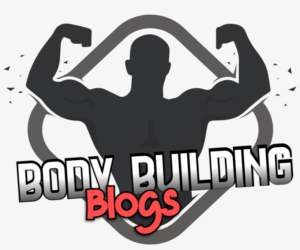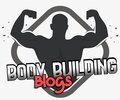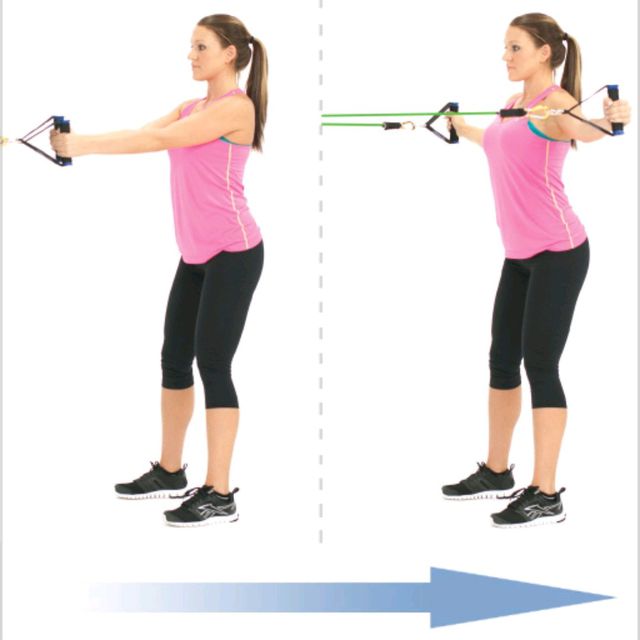Most people immediately associate bench presses, dumbbells, and heavy barbells with developing a well-defined, muscular chest. Although those tools work well, there are other ways to build chest muscles. Anywhere—at home, in the gym, or even outside—you can strengthen your chest with resistance bands, which are a strong, portable, and adaptable substitute.
Resistance bands can be your best friend whether you’re a novice trying to tone your chest or an experienced lifter looking for fresh approaches to test your muscles. The best chest exercises you can do with resistance bands, their mechanism of action, and their effectiveness will all be covered in this comprehensive guide.
Why Workout Your Chest with Resistance Bands?
It’s critical to comprehend the reasons resistance bands are such aRIO powerful tool for chest training before beginning any particular exercises.
- Ongoing Tension
Resistance bands offer constant tension over the whole range of motion, in contrast to free weights. This results in better muscle activation by keeping your chest muscles active throughout. - Training That’s Friendly to Joints
Heavy weights are harder on the joints than resistance bands. This makes them perfect for individuals who wish to reduce wear and tear while still gaining muscle or who are recuperating from injuries. - Convenience and Portability
Bands are portable and lightweight. You only need a set of bands and a door anchor or stable surface; no costly equipment or gym membership is required. - Growing Opposition
The resistance rises with the band’s stretch. A fantastic method to shock your muscles and break plateaus, this variable resistance tests your muscles in a different way than traditional weights.
Chest Anatomy: What Do We Train for?
You can use resistance bands to target your chest muscles more effectively if you know what they are.
- The primary chest muscle in charge of pushing and pressing motions is the pectoralis major (upper, middle, and lower portions).
- The pectoralis minor is a smaller muscle that stabilizes the shoulder blade and is located beneath the pec major.
- Supporting Muscles: The shoulders (deltoids) and triceps help with pressing and flying motions.
For balanced development, it’s crucial to work the chest from all angles: upper, mid, and lower.
Essential Equipment for Chest Exercises Using Resistance Bands
The following will help you make the most of your workouts:
- Resistance bands (light, medium, and heavy): varying degrees of thickness for advancement.
- To keep the band in place while pressing and flying, use a door anchor or sturdy support.
- Handles (optional): To improve grip when pushing.
- Exercise mat: Good for variations of push-ups or floor presses.
Warm-Up: Getting the Chest Muscles Ready
A thorough warm-up prepares your muscles for work and helps you avoid injuries.
- Arm circles: one minute in each direction
- Band Pull-Aparts: Two sets of fifteen repetitions
- Stretch your chest gently by holding the band behind your back.
Warm up for five to seven minutes before beginning your resistance band workout.
The Greatest Resistance Band Exercises for the Chest
Let’s now dissect the best chest-building and strengthening exercises.
1. Chest Press with Resistance Band
Mid-chest is the target.
How to Do It:
- Use a door anchor or other strong pole to secure the band behind you at chest height.
- To create tension, step forward while holding the band’s handles or ends.
- Bend your elbows and push the bands forward until your arms reach their maximum length.
- Return to the starting position slowly.
Reps and Sets: 12–15 reps in 3–4 sets
Squeeze your chest at the peak of the movement while leaning slightly forward.
2. Focus on the Upper Chest with an Inclined Chest Press
Upper pectorals are the target.
How to Do It:
- Hold the band low, close to the ground.
- Place your hands at chest height while holding the handles.
- In order to simulate an incline bench press, press forward and upward.
- Go back slowly and carefully.
3–4 sets of 10–12 repetitions
Advice: To prevent arching your back, maintain a tight core.
3. Chest Press Decline (Lower Chest Focus)
Lower pectorals are the targets.
How to Do It:
- The band should be anchored high above you, such as atop a door or pole.
- With your arms bent, take a step forward while holding the handles.
- Aim for your hips as you apply pressure forward and downward.
- Take your time getting back.
Sets & Reps: 3 sets of 12–15 reps
Advice: Think of pushing the weight not just forward but also down and away.
4. Chest Fly Resistance Band
Targets: the inner chest
How to Do It:
- Anchor the band at chest height behind you.
- Hold the handles with your arms outstretched and slightly bent.
- To resemble a fly, bring your hands together in a broad arc.
- Return to the starting position slowly and carefully.
Reps and Sets: 12–15 reps in 3–4 sets
Advice: To protect the joints, keep your elbows slightly bent rather than locked.
5. Upper Chest Isolation with an Incline Chest Fly
Goals: The upper chest
How to Do It:
- Set the band low.
- Make a fly motion, but raise your hands above your chest and angle upward.
Three sets of ten to twelve repetitions
6. The Declining Chest Fly
Targets: The lower chest
How to Do It:
- Keep the band in the spotlight.
- Bring your hands together toward your waist and execute a fly motion at an angle downward.
Sets & Reps: 3 sets of 12–15 reps
7. Push-Ups with a Band
Goals: Complete chest with increased resistance
How to Do It:
- Holding the ends under your hands, wrap the band around your back.
- Place yourself in the push-up position.
- As you push upward, the band will provide resistance. Do push-ups as normal.
Depending on band strength, perform 3–4 sets of 8–15 repetitions.
8. One-Arm Chest Lift
Goals: Stability of the core and chest
How to Do It:
- Behind you, anchor the band.
- One arm at a time, press forward.
- To prevent rotation, maintain an active core.
Three sets of 10–12 repetitions per side comprise the reps and sets.
9. Press Crossover
Goals: Emphasis on the inner chest
How to Do It:
- Place an anchor band at chest height behind you.
- Cross one hand over the other as you press, as opposed to pressing straight.
- With every repetition, switch arms.
Sets & Reps: 3 sets of 12–15 reps
10. Isometric Banded Chest Squeeze
Targets: mid-chest and inner (excellent finisher)
How to Do It:
- Hold a band at chest height that is stretched between both hands.
- Against the resistance, press your hands inward.
- Hold the squeeze for 20 to 30 seconds.
Sets & Reps: 3 rounds
Example of a Resistance Band Chest Exercise Program
You can follow this well-balanced routine two or three times a week:
- 5 minutes for the warm-up
- 4 sets of 12 repetitions for the chest press
- Three sets of twelve reps of the inclined press
- Three sets of twelve reps for the chest fly
- Three sets of ten to fifteen band-resisted push-ups
- Three rounds of 20-second isometric chest squeezes
Starting with a light or medium band is a good progression tip. Either move to a heavier band or slow down the movement to extend the time under tension once the repetitions get easy.
Advantages of Resistance Band Workouts for the Chest
- Hypertrophy (muscle growth): Prolonged tension efficiently activates muscle fibers.
- Better Stability: Bands test your stabilizing muscles, particularly when performing fly and single-arm variations.
- Injury Prevention: Band training is long-lasting due to its low joint stress.
- Variety and Adaptability: By moving farther away from the anchor or by using thicker bands, you can readily change the resistance.
- Home-friendly: Ideal for people who don’t have access to a gym or have limited space.
Common Errors to Stay Away From
- Letting Bands Snap Back Fast: To avoid injury and optimize muscle activation, always regulate the return phase.
- Bad Anchor Setup: Make sure the band is fastened firmly to prevent mishaps.
- Overextending Joints: When performing fly movements, keep your elbows slightly bent.
- Neglecting Form: Concentrate on contracting your chest rather than using your arms or shoulders to make up for it.
Relax and Stretch
Spend five to ten minutes stretching after you’re done to increase your flexibility and recuperation.
- Stretch your chest by placing a hand on the wall and turning your body outward. Keep each side for 20 seconds.
- Band-Assisted Chest Stretch: Pull your arms outward gently while holding the band behind your back.
- Cat-Cow Stretch: Releases tension in the spine and opens the chest.
Conclusions
When performed properly, resistance band exercises for the chest can be just as effective as weightlifting. Resistance bands enable the creation of a strong chest anywhere by offering consistent tension, safeguarding the joints, and enabling versatility.
Resistance band chest exercises will push your muscles in novel ways and help you gain strength, endurance, and definition, regardless of your level of experience.
You’ll be astonished at how powerful resistance bands can be, so the next time you want to work your chest without using dumbbells or a bench, grab some.


